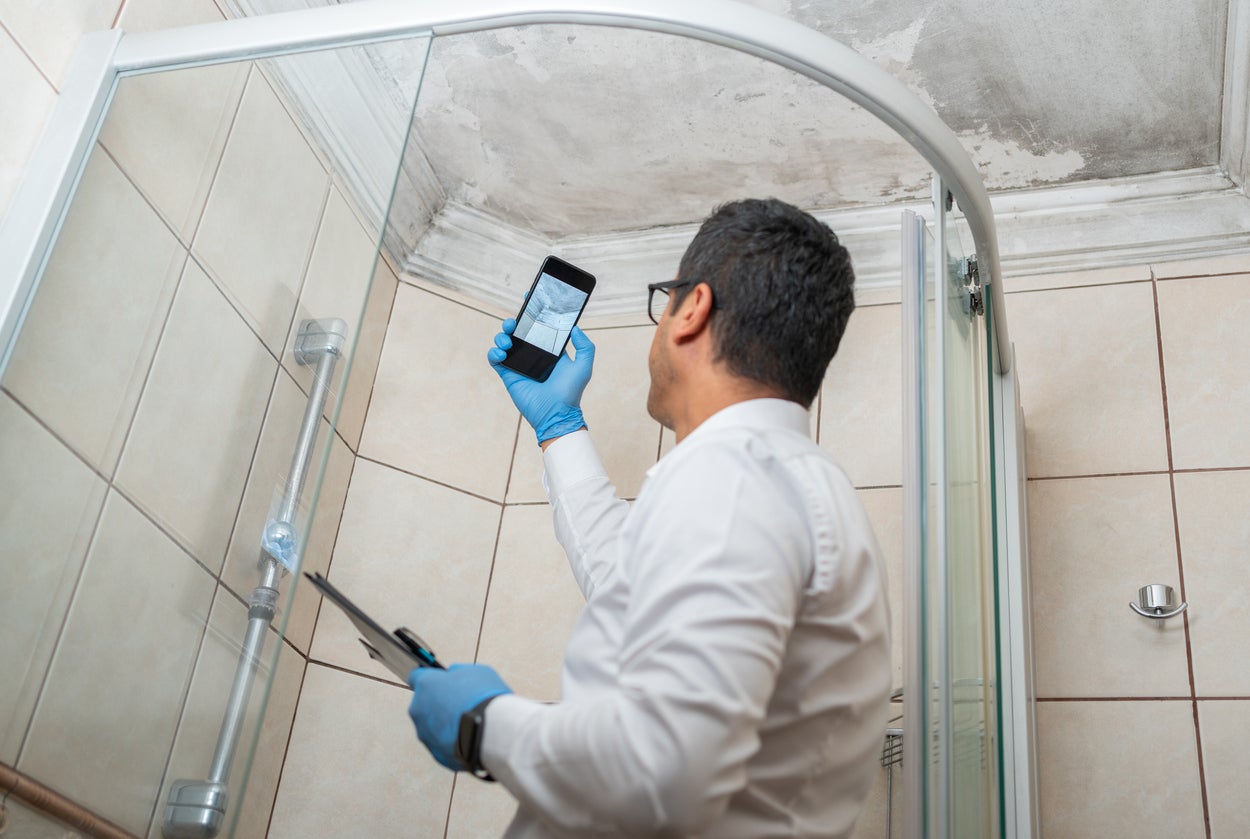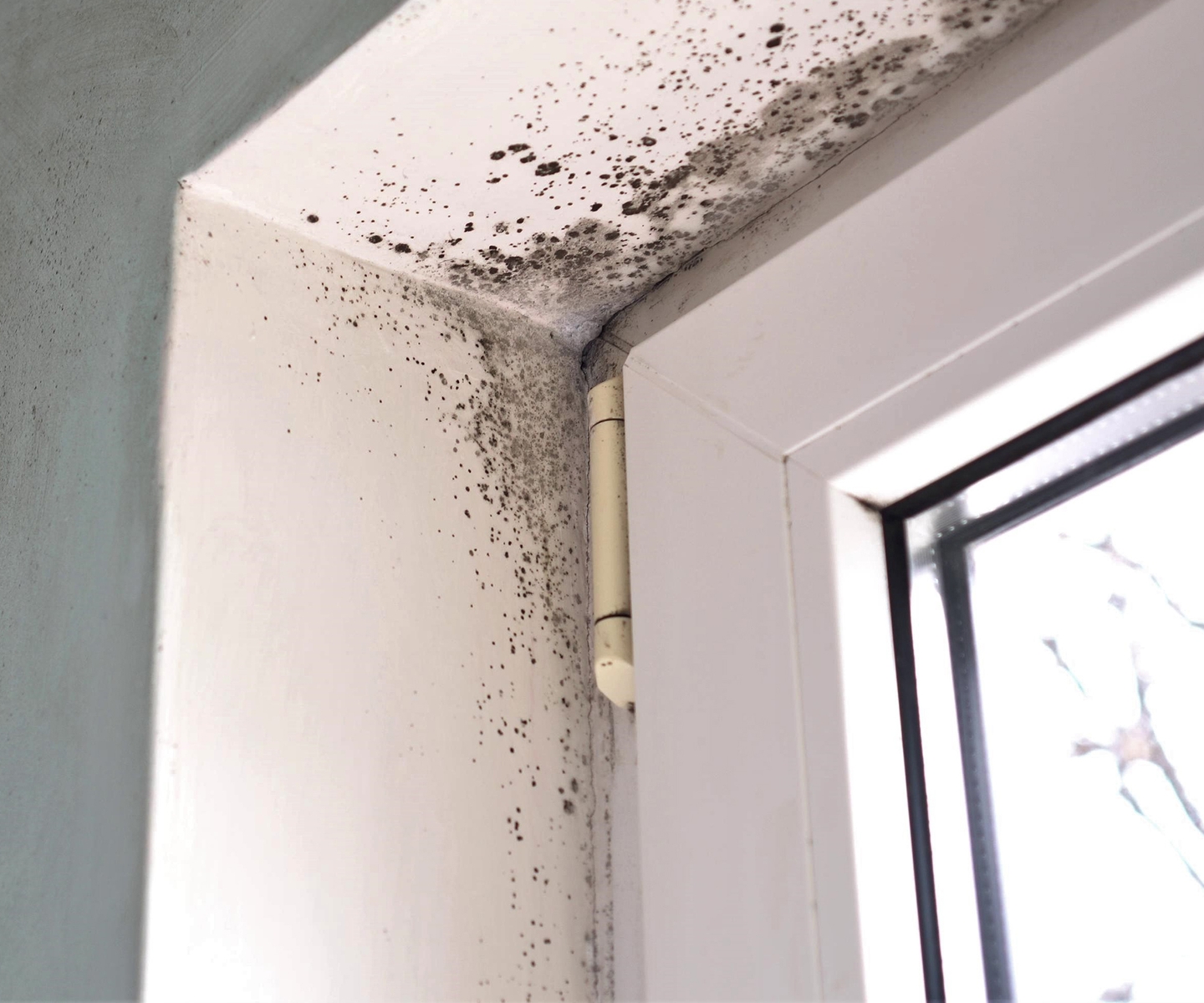Vital Actions After Mold Remediation
Vital Actions After Mold Remediation
Blog Article
Effective Message Mold Removal Solutions for Your Home
Mold growth in homes can be a relentless concern, frequently needing a methodical method for efficient post-remediation remedies. From recognizing the variables that add to mold growth to carrying out proper cleaning strategies and moisture control measures, the process can be intricate yet important for maintaining a healthy and balanced living atmosphere. In addition, checking out natural removal services and developing a routine for ongoing upkeep are vital elements of a comprehensive mold and mildew remediation technique. As homeowners aim to address mold problems, locating the most effective remedies becomes vital for the well-being of their families.
Comprehending Mold And Mildew Growth Elements
Mold and mildew growth is affected by a variety of elements that are important to comprehend in order to efficiently resolve and stop its expansion. Comprehending these factors is essential in implementing effective mold and mildew removal methods. The main aspect adding to mold development is wetness. Mold spores require dampness to sprout and thrive, making damp or moist environments extremely vulnerable to mold and mildew invasions. Poor air flow can additionally result in moisture buildup, producing an optimal breeding place for mold and mildew.

In addition, air movement and light exposure can impact mold development. Locations that do not have proper air flow and natural light are more susceptible to mold advancement. By dealing with these variables adequately, people can efficiently mitigate mold development and secure their living environments.
Appropriate Mold Cleansing Methods
Making use of reliable cleansing approaches is vital in attending to and protecting against the reoccurrence of mold contamination in interior environments. When handling mold, it is important to prioritize safety and security by putting on protective equipment such as handwear covers, masks, and safety glasses. The initial step in proper mold cleaning is to contain the afflicted location to avoid the spread of spores to uncontaminated areas. This can be accomplished by sealing off the space and using air scrubbers or unfavorable air equipments to maintain air high quality.

Executing Moisture Control Procedures
To efficiently protect against mold and mildew development and contamination in indoor atmospheres, applying wetness control measures is critical. Wetness is the key factor that fuels mold advancement, making it essential to take care of humidity levels within the home. One efficient action is to use dehumidifiers to maintain interior humidity levels below 60%. Additionally, guaranteeing proper ventilation in locations susceptible to moisture accumulation, such as cooking areas and bathrooms, can assist lower the danger of mold growth. Frequently examining and repairing any type of leaks in pipes, roofings, or windows is likewise necessary in avoiding excess moisture accumulation. Using exhaust followers while cooking or showering, and permitting air flow by keeping furnishings a little away from wall surfaces can aid in dampness control. Utilizing moisture-resistant products in high-humidity areas, such as mold-resistant drywall and paints, can be valuable. By vigilantly applying these moisture control actions, house owners can properly lower the likelihood of mold and mildew recontamination and preserve a healthy indoor atmosphere.
Using Natural Removal Solutions
After effectively implementing dampness control measures to protect against mold growth in interior atmospheres, property owners can currently explore the performance of all-natural removal options in keeping a healthy living room. Natural removal solutions make use of environmentally friendly techniques to combat mold and mold, making them a popular option for those seeking safe choices. By incorporating these natural remediation options right into their cleaning regimens, house owners can efficiently battle mold development while promoting a much healthier interior atmosphere for themselves and their households.

Keeping a Mold-Free Environment
In order to stop mold and mildew reoccurrence and ensure a continually mold-free environment, it is necessary for home owners to carry out aggressive maintenance methods. Regularly examining locations vulnerable to mold growth, such as restrooms, cellars, attic rooms, and cooking areas, is essential. Dealing with any type of leaks, water damages, or excess dampness immediately can dramatically reduce the threat of mold and mildew advancement. what to do after mold remediation. Correct air flow in areas with high moisture levels is additionally crucial to stopping mold growth. Making use of dehumidifiers or exhaust fans can help preserve optimum wetness degrees and inhibit mold spores from prospering.
Furthermore, keeping tidiness in the home is crucial remove mold on roof for mold and mildew prevention. Maintaining interior plants in check and making certain correct drainage Get More Information in outside landscape design can minimize wetness accumulation, reducing the possibility of mold and mildew problems.
Conclusion
Finally, it is necessary to deal with mold development elements, make use of appropriate cleansing methods, execute dampness control procedures, utilize all-natural removal options, and keep a mold-free environment in order to successfully handle blog post mold and mildew remediation in your house - testing air quality after mold remediation. By complying with these approaches, you can protect against mold from persisting and make certain a healthy living atmosphere for you and your family
The main aspect adding to mold and mildew development is wetness. Mold and mildew spores need wetness to sprout and prosper, making moist or damp settings very at risk to mold and mildew invasions.To properly protect against mold and mildew development and contamination in indoor environments, implementing moisture control measures is extremely important. In addition, making sure proper ventilation in locations susceptible to moisture build-up, such as kitchen areas and restrooms, can help lower the danger of mold development.After efficiently carrying out dampness control procedures to avoid mold and mildew development in indoor atmospheres, homeowners can currently check out the effectiveness of natural removal services in maintaining a healthy living area.
Report this page